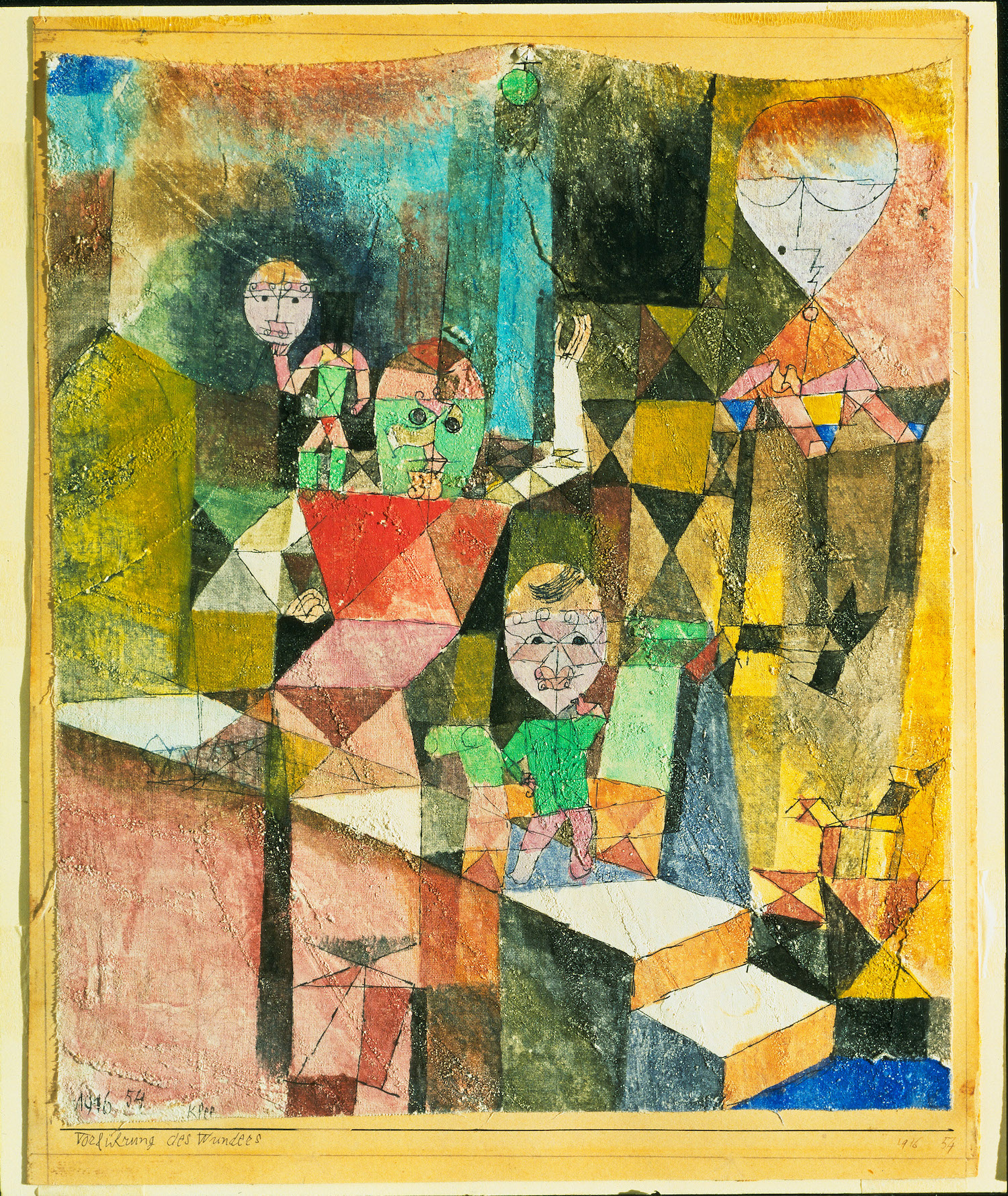
The Irony of Paul Klee Takes Over Paris
From Keith Haring to Paul Klee, painters have long been fascinated - and tormented - by the creatures. Jonathan Jones. Tue 9 Jan 2024 08.54 EST Last modified on Tue 9 Jan 2024 10.24 EST.
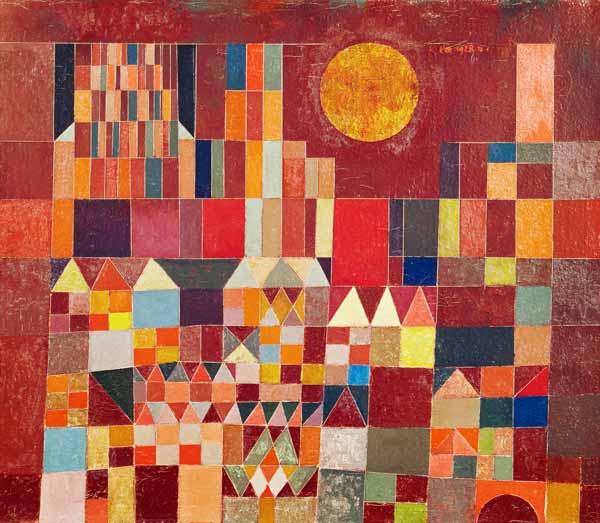
Paul Klee's art a revolutionary pictorial language RDN Arts
Ken Klee happily traded a vacation in Costa Rica for the opportunity to coach the newly launched Professional Women's Hockey League franchise in Minnesota.. 2024, in St. Paul, Minn. Zumwinkle is off to a fast start, entering Wednesday, Jan. 10, 2024, leading the league with four goals, two of them game-winners, and registering the PWHL's.

Paul Klee Works on Paper from the Guggenheim Collection and the Berggruen Klee Collection
Paul Klee, a Swiss-born painter, printmaker and draughtsman of German nationality, was originally associated with the German Expressionist group Der Blaue Reiter, and subsequently taught at the Bauhaus, the widely influential German art school of the interwar period.

Flora on sand, 1927 by Paul Klee (18791940, Switzerland) Museum Quality Copies Paul Klee
Paul Klee (18 December 1879 - 29 June 1940) was born in Munchenbuchsee, Switzerland, and is considered both a German and a Swiss painter. His highly individual style was influenced by movements in art that included expressionism, cubism, and surrealism. He was also a student of orientalism.

Paul Klee maestro del visibile a Londra Artribune
Paul Klee (born December 18, 1879, Münchenbuchsee, near Bern, Switzerland—died June 29, 1940, Muralto, near Locarno) Swiss-German painter and draftsman who was one of the foremost artists of the 20th century. Early life and education Klee's mother, née Ida Maria Frick of Basel, and his German-born father, Hans Klee, were both trained as musicians.
:max_bytes(150000):strip_icc()/poisonous-berries--1920-600051347-5c191d3f46e0fb000144805c.jpg)
The Life and Art of Paul Klee
Paul Klee (1879-1940) has been called many things: a father of abstract art, a Bauhaus master, the progenitor of Surrealism, and—by many an art historian and fan (members of his cult following affectionately refer to each other as "Klee-mates")—a very hard man to pin down.Indeed, the Swiss-German artist's paintings are tied to numerous groundbreaking 20th-century movements, from.
:max_bytes(150000):strip_icc()/PaulKlee_NorthernVillage-5a3c25870d327a0037587b3c.jpg)
The Life and Art of Paul Klee
Artwork Details Overview Inscriptions and Markings Provenance Exhibition History References Title: Temple Gardens Artist: Paul Klee (German (born Switzerland), Münchenbuchsee 1879-1940 Muralto-Locarno) Date: 1920 Medium: Gouache and traces of ink on three sheets of paper mounted on paper mounted on cardboard
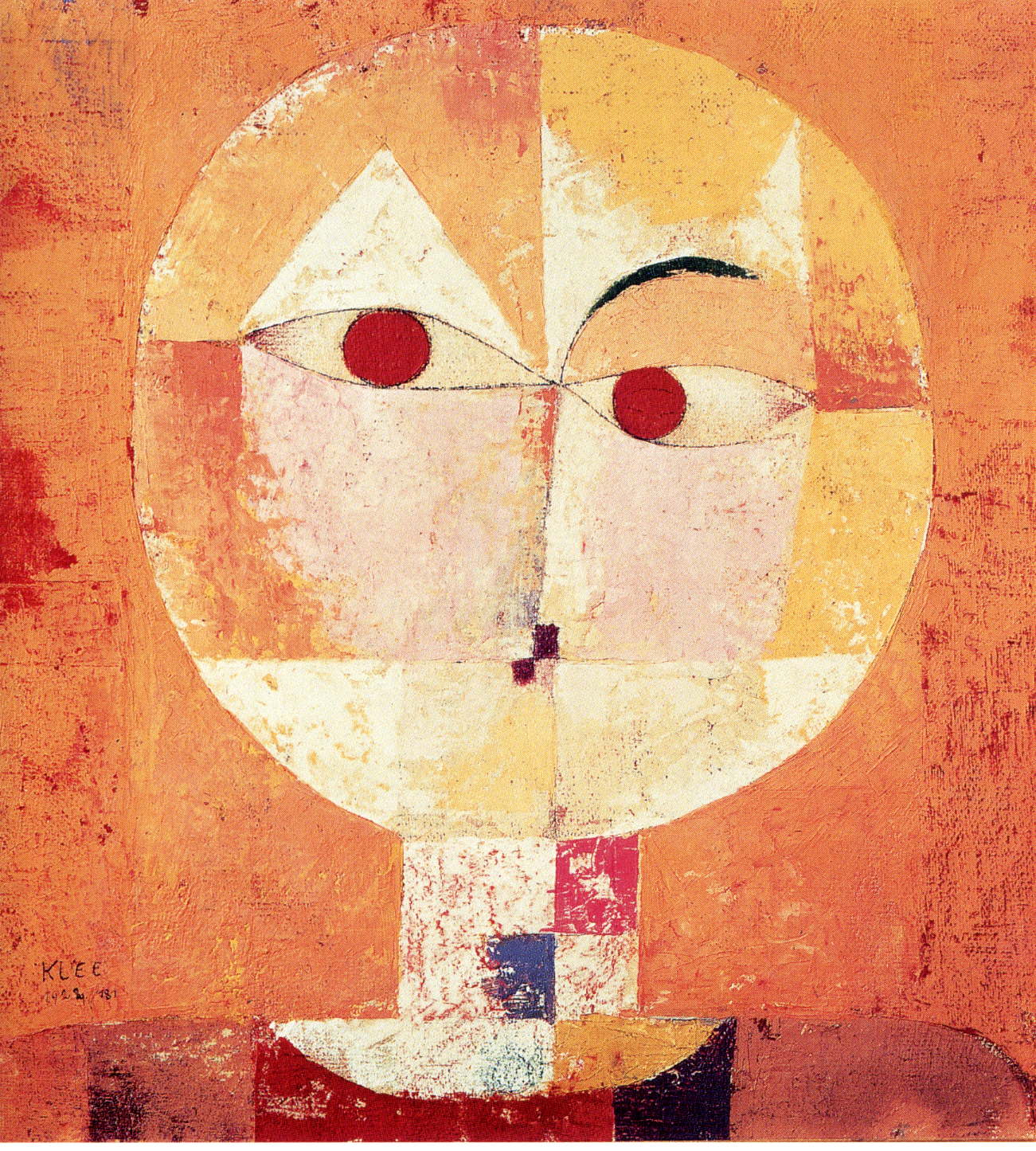
Paul Klee Misplaces an Aircraft « The Hooded Utilitarian
Las Vegas Raiders interim head coach Antonio Pierce, right, greets Denver Broncos head coach Sean Payton after the Raiders defeat the Broncos 27-14 in an NFL football game, Sunday, Jan. 7, 2024, in Las Vegas, NV.

ΠΕΡΙ ΤΕΧΝΗΣ Ο ΛΟΓΟΣ Ο Ελβετός ζωγράφος Paul Klee (1879 1940)
Paul Klee was a natural draftsman, who over many years, developed his mastery over color and tonality. The variety expressed in his drawings and paintings ranges from highly polychromatic to monochrome artworks. His works are best known for his "dry" sense of humor and political commentary.

Marchen By Paul Klee Reproduction from Cutler Miles
Paul Klee (1879-1940) was a Swiss-born German artist who was one of the most important artists of the 20th century. His abstract work was varied and could not be categorized, but was influenced by expressionism, surrealism, and cubism. His primitive drawing style and use of symbols in his art revealed his wit and childlike perspective.
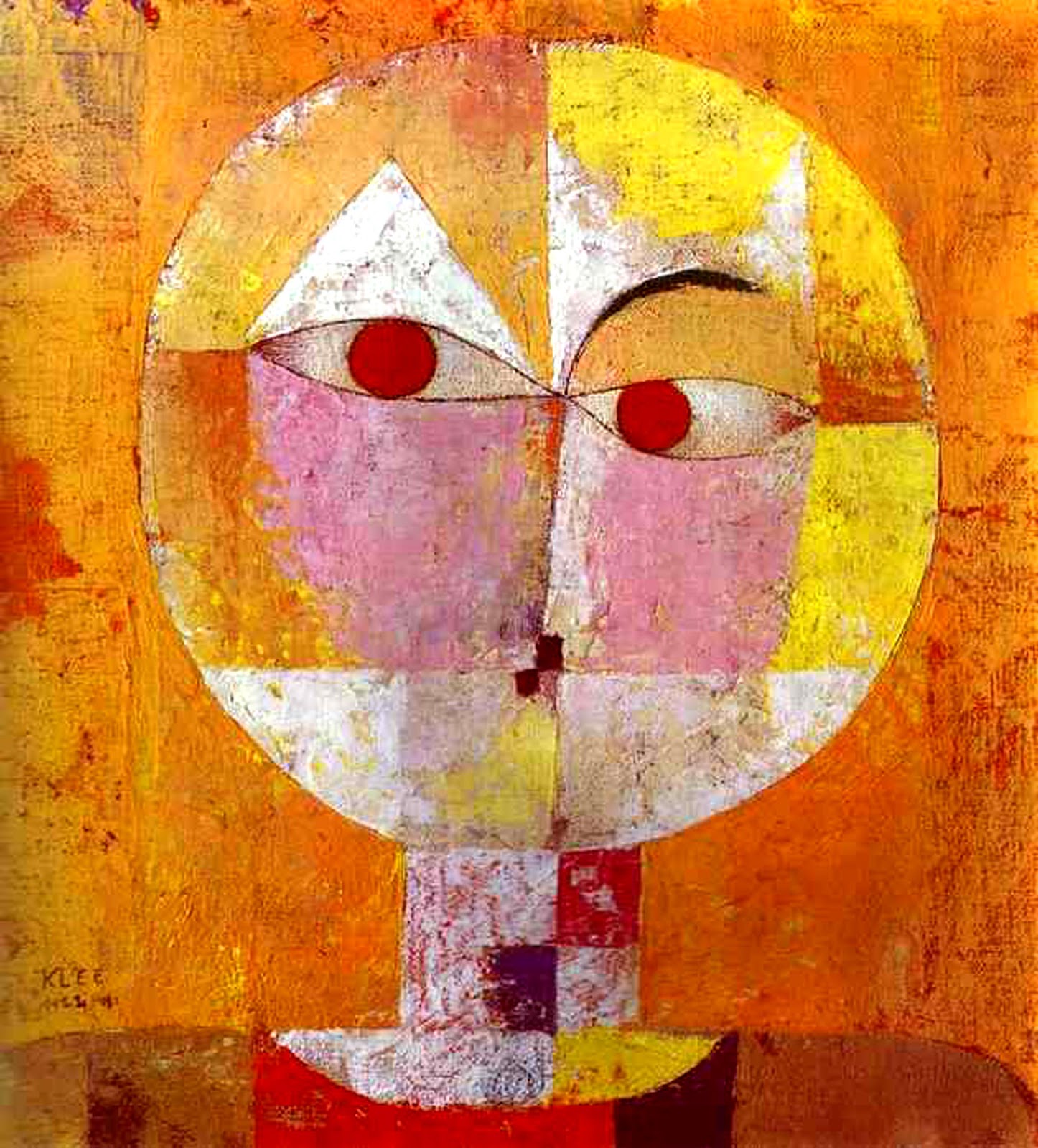
How Paul Klee remained creative until the end Art Agenda Phaidon
The Lamb (1920) by Paul Klee Städel Museum. Swiss-German artist Paul Klee (1879-1940) was a painter, printmaker, and draughtsman, but his artistic path was not a smooth one. For years, Klee worked hard to understand and use color in a way that gave it the respect he felt it deserved. As such, Klee's diverse body of work cannot be categorized.
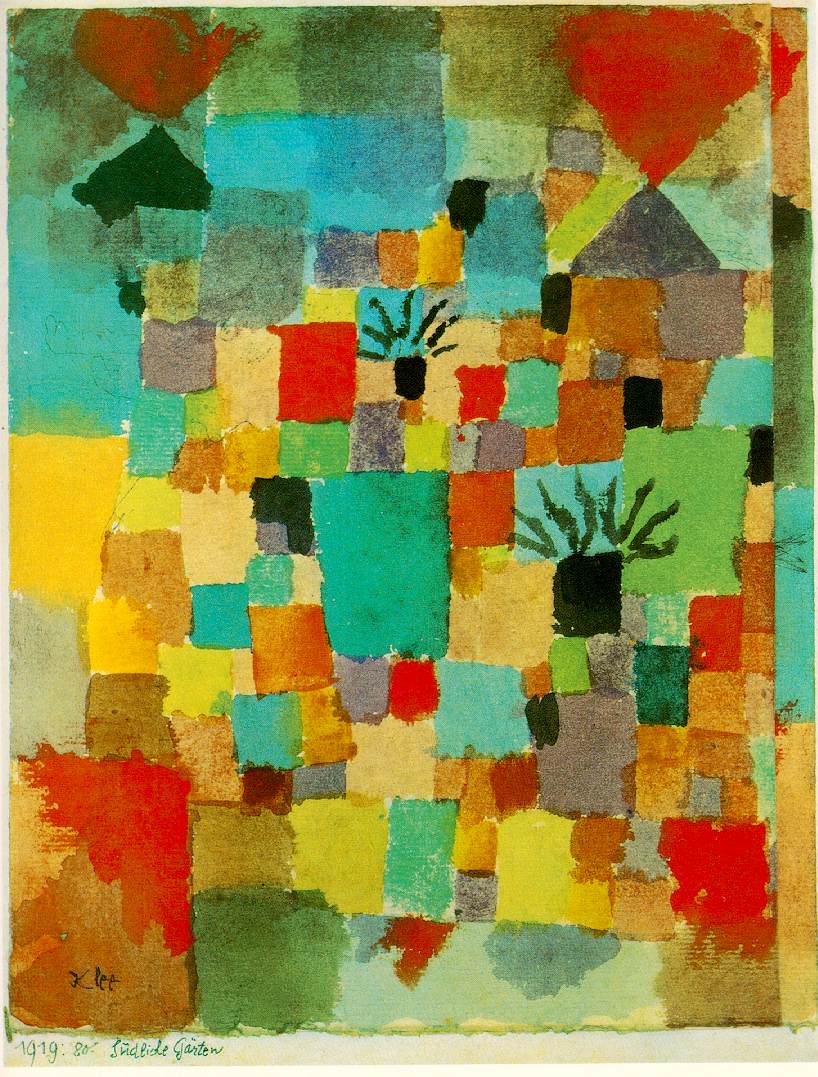
WebMuseum Klee, Paul
Paul Klee (German: [paʊ̯l ˈkleː]; 18 December 1879 - 29 June 1940) was a Swiss-born German artist. His highly individual style was influenced by movements in art that included expressionism, cubism, and surrealism. Klee was a natural draftsman who experimented with and eventually deeply explored color theory, writing about it extensively.
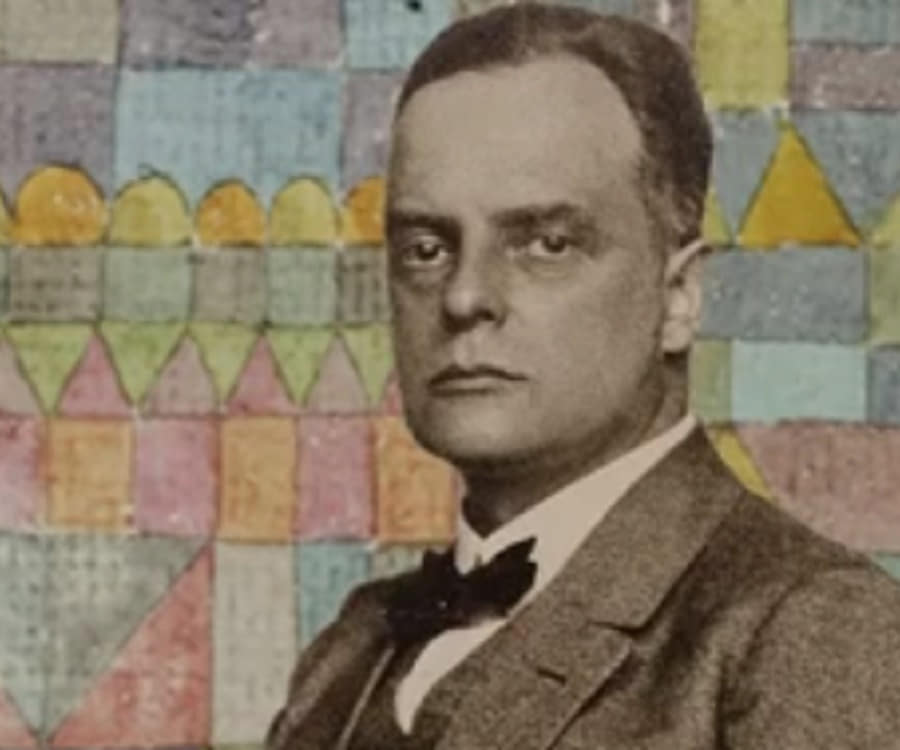
Paul Klee Biography Facts, Childhood, Family Life & Achievements
Overview Inscriptions and Markings Provenance Exhibition History References Title: One Who Understands Artist: Paul Klee (German (born Switzerland), Münchenbuchsee 1879-1940 Muralto-Locarno) Date: 1934 Medium: Oil and gypsum on canvas Dimensions: 21 1/4 × 16 in. (54 × 40.6 cm) Classification: Paintings

Colour Shapes 1914 By Paul Klee Art Reproduction from Wanford.
Paul Klee ( German: [paʊ̯l ˈkleː]; 18 December 1879 - 29 June 1940) was a Swiss-born German artist. His highly individual style was influenced by movements in art that included expressionism, cubism, and surrealism.

Paul Klee The Berggruen Collection from The Metropolitan Museum of Art National Gallery of Canada
Paul Klee (German: [paʊ̯l ˈkleː]; 18 December 1879 - 29 June 1940) was a Swiss-born German artist.His highly individual style was influenced by movements in art that included expressionism, cubism, and surrealism. Klee was a natural draftsman who experimented with and eventually deeply explored color theory, writing about it extensively; his lectures Writings on Form and Design Theory.

Paul Klee Die späten Motive des BilderSpielers Bilder & Fotos WELT
From 1921, German-Swiss painter and graphic artist Paul Klee (1879-1940) taught at the Bauhaus—the school of art, architecture, and design founded by Walter Gropius in 1919. In 1931, shortly before the Bauhaus closed under Nazi pressure, Klee moved to Düsseldorf to teach at the Düsseldorf Academy. The Nazis deemed his art "degenerate.